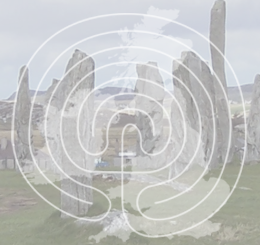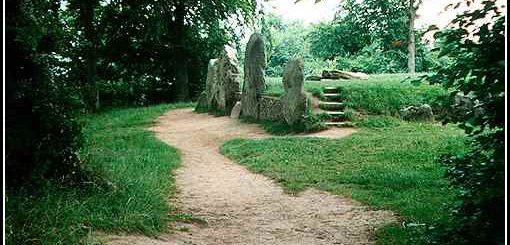All Saints Church, Alton Priors
The Grade II listed All Saints Church in Alton Priors dates from the 12th century. According to ‘A History of the County of Wiltshire: Volume 11’ (1980) ‘The church of ALL SAINTS, Alton Priors, is built of freestone, rubble, and red brick and has a chancel, nave, and west tower. The chancel arch survives from the 12th-century church. The nave was rebuilt and widened towards the south in the 14th century. The tower, which is similar in design to that at Fyfield, was added in the later 15th century or the earlier 16th, and at about that time the chancel appears to have been reconstructed and a rood-stair put into the north wall of the nave. In 1491 John Button bequeathed lead to roof part of the church. The nave roof was renewed in the later 18th century and the chancel roof is probably of similar date. The chancel walls were refaced in brick in the earlier 19th century and the nave walls restored later in that century. Further restoration of the whole building was undertaken c. 1960 and c. 1976. On the north side of the chancel a tombchest surmounted by a monumental brass commemorates William Button (d. 1591)*. The church was declared redundant in 1973 and in 1977 was in the care of the Redundant Churches Fund.’
 Trapdoors in the floor of the church reveal sarsen stones beneath. It has been speculated that these stones may be connected with Milk Hill** and could possibly indicate that the site on which the church is built was sacred before the coming of Christianity. A 1700 year old Yew tree in the churchyard may also be seen as an indication that the site had some importance before the church was built.
Trapdoors in the floor of the church reveal sarsen stones beneath. It has been speculated that these stones may be connected with Milk Hill** and could possibly indicate that the site on which the church is built was sacred before the coming of Christianity. A 1700 year old Yew tree in the churchyard may also be seen as an indication that the site had some importance before the church was built.
*William Button (Born 1526 – Died 1591) Bailiff of Heytesbury (1553), Sheriff of Wiltshire (1564-5 and 1570-1).
** The Alton Barnes White Horse is cut into the slope between Milk Hill and Walkers Hill. On 12 August 2001 a huge crop circle structure was discovered on Milk Hill encompassing 409 circles, possibly the biggest formation found to date.



Recent Comments